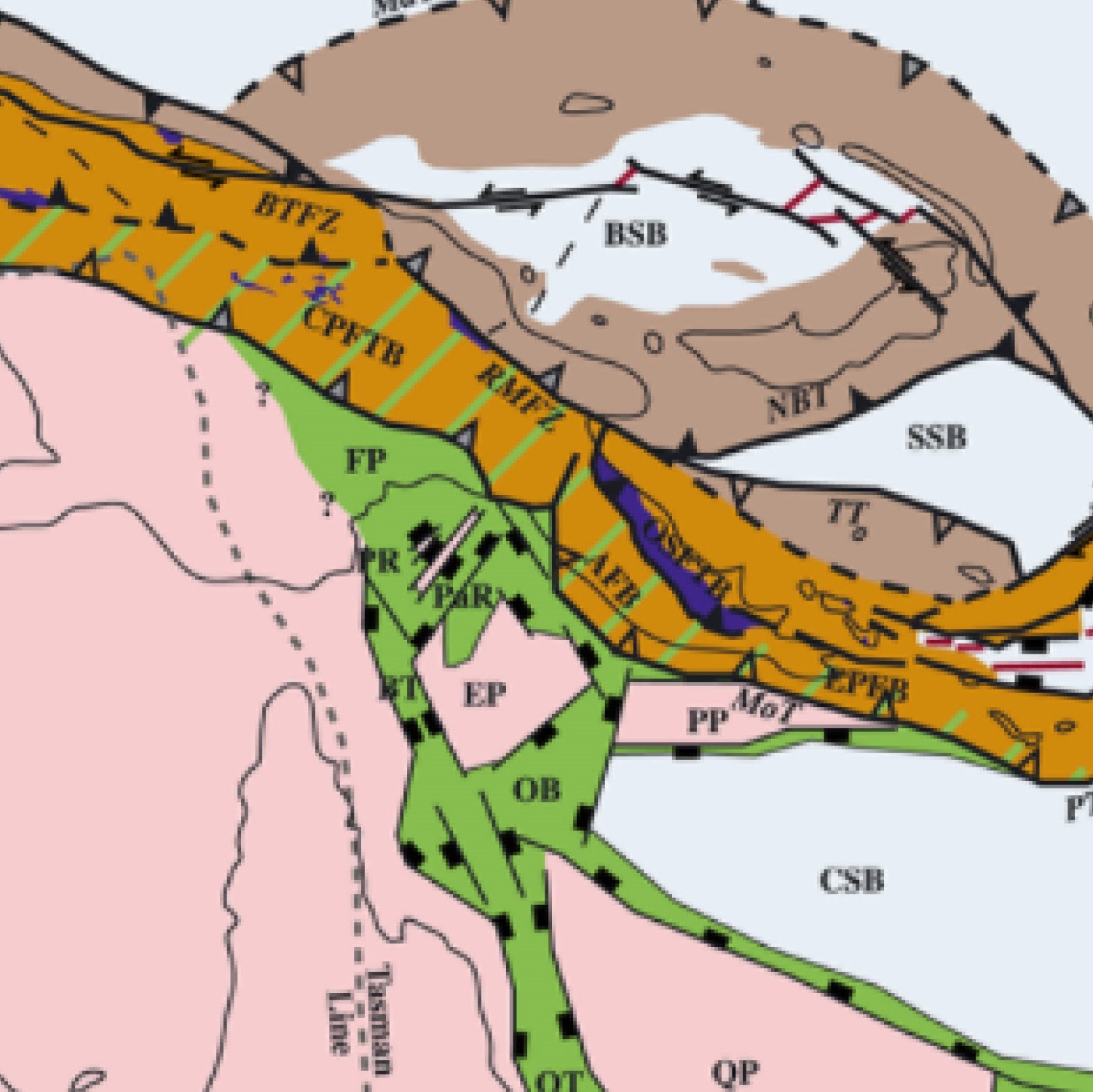
Beth N. Orcutt has made transdisciplinary contributions to microbiology and biogeochemistry in the deep oceanic subsurface through the International Ocean Discovery Program (IODP). She has made these advances largely through her research in ocean drilling, and she has also performed leadership roles in IODP, including serving on the Science Evaluation Panel and being chief scientist of expeditions.
In 2011, Orcutt used IODP-dilled boreholes to demonstrate colonization of native rock–hosted communities on mineral surfaces. This work opened up the basalt basement to direct microbial observation. From IODP Expedition 336 to North Pond, Orcutt showed oxygen consumption rates in subseafloor basalt-hosted ecosystems, using reaction-transport models of high-resolution oxygen concentration profiles to show that 1 nanomole of oxygen is consumed per cubic centimeter of rock per day in ~8-million-year-old basaltic crust. This was a major advance on previous work demonstrating widespread aerobic activity in subseafloor basalt.
From IODP Expedition 327 to the Juan de Fuca Ridge flank, Orcutt’s group demonstrated the microbial connections between deeply buried subseafloor basalts and the surrounding sediments. They showed that sedimentary communities are stimulated by fluids coming out of the basalts, but the microbial community composition is not changed by the presence of different kinds of basalts. From the observatories installed on this same expedition, Orcutt’s group used genomic techniques to determine the environmental role of one of the most enigmatic members of subseafloor basalt communities: the Hydrothermarchaeota. No microbial isolate has ever been obtained from this group, but it appears to be widespread among deep subseafloor ecosystems. Orcutt’s lab demonstrated for the first time that this group of organisms likely uses carbon monoxide as a respiration substrate, allowing it to be somewhat decoupled from pure heterotrophy, achieving a C1 compound–supported lifestyle.
Orcutt is also an innovator in the methods used in scientific drilling. She has evaluated the suitability of construction materials for IODP boreholes and developed flow-through Osmo colonization experiments that enhance the quality of scientific experiments that can be performed with IODP-drilled boreholes. These findings set important boundaries on the extent of influence of subseafloor basalt communities and have enabled discoveries by other researchers as well. By continually being open and courageous with new methods, field work, and data interpretation, Orcutt has made truly great breakthroughs that have made her a highly respected member of the scientific drilling community.
—Karen Lloyd, University of Tennessee, Knoxville

Seasonally ice‐covered permafrost lakes in the Arctic emit methane to the atmosphere during periods of open‐water. However, processes c...




